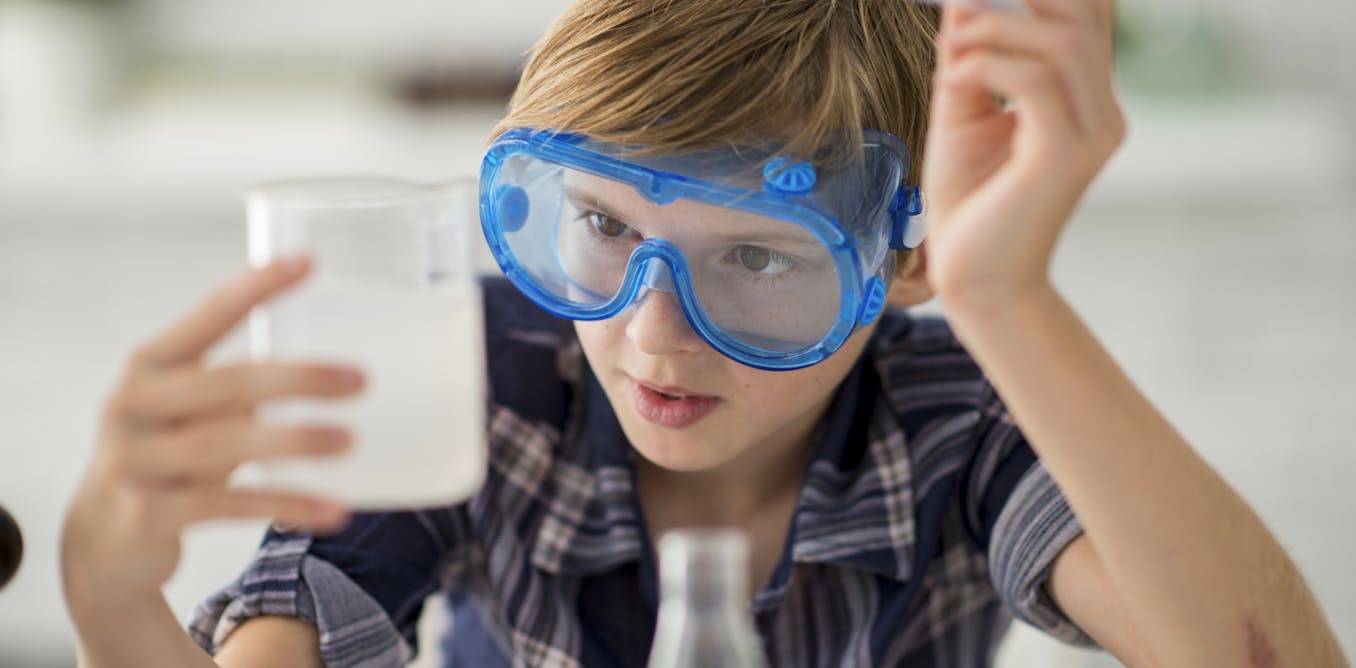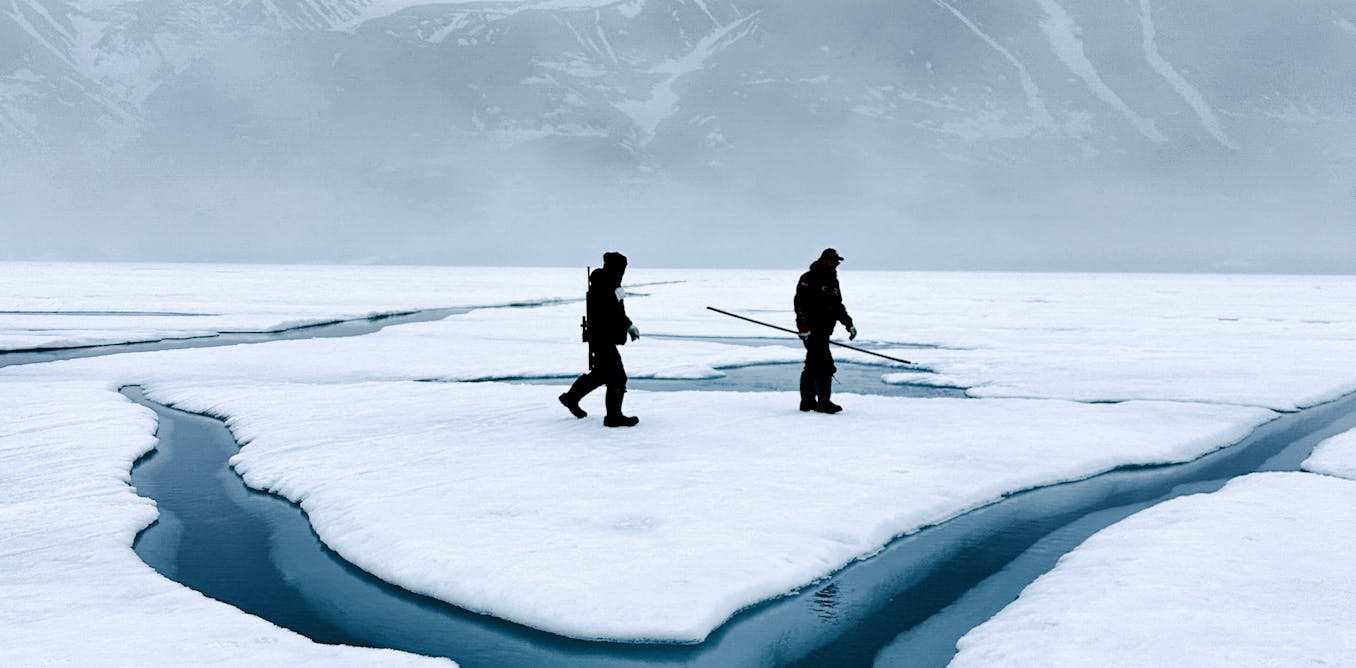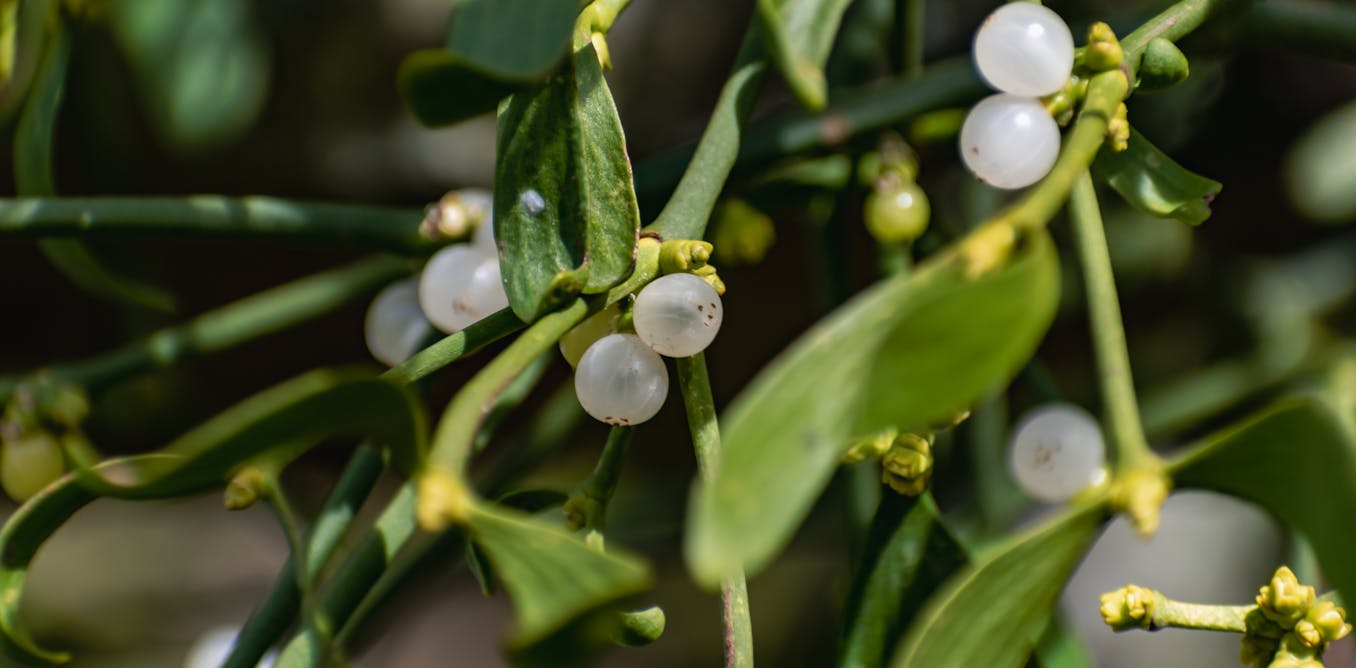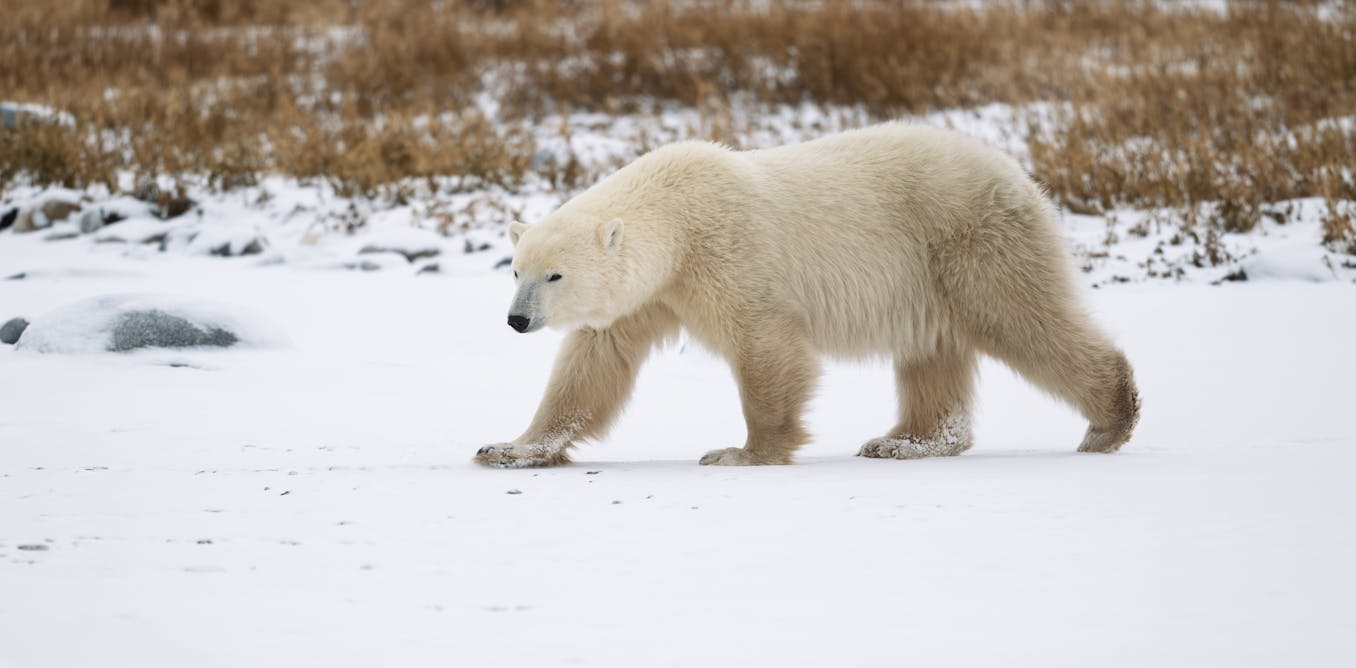The latest international test results have some good news for New Zealand primary school science teachers.
The Trends in International Mathematics and Science Study (TIMSS) data show average performance of Year 5 students is trending upwards. For Year 9 science, overall results hold steady.
Administered once every four years, TIMSS is one of the few checks New Zealand currently undertakes to measure progress towards equity and excellence in education. These new results are based on data from 2023.
New Zealand is very much in the middle of the pack among other countries, though. There’s a worrying gap emerging between the achievement of Year 9 boys and girls. And the gap in results for students from different socioeconomic statuses remains a problem.
In 2023, 71 education systems participated in the study. While it’s great news that the average science performance of Year 5 pupils has increased compared to 2019, 21 countries (out of 58) performed better than our Year 5s in science. And 16 (out of 43) performed better than our Year 9s in science.
In both cases, students achieved better average scores in Australia, England, Ireland, the United States, Finland, Sweden, Norway, Chinese Taipei, Hong Kong, Macao and the Republic of Korea.
New Zealand still has work to do to compete favourably internationally. At the same time, current intersecting social and environmental crises globally demand the country carefully examines the role of school science education in contributing to the future.
The socioeconomic gap
As well as enhancing New Zealand’s performance relative to other education systems, work is still needed to address issues of socioeconomic inequity across our education system.
Year 5 students from more economically affluent backgrounds achieved better on TIMSS, on average, than students from more economically disadvantaged backgrounds.
New Zealand has one of the largest differences in achievement between those who are more economically disadvantaged than those who are economically affluent – only six countries have bigger differences.
Importantly, there are low performers and advanced performers within each socioeconomic group. In other words, students can excel no matter what their economic background – and they can also not achieve.
However, the risk profile for not achieving changes with economic advantage, as shown for Year 5 students’ science achievement. This is particularly problematic, given 21% of our students are from economically disadvantaged backgrounds.
System insights
As well as assessing students’ abilities in relation to knowing, applying and reasoning in science, TIMSS collects a host of other data.
While the New Zealand education system needs to be more equitable and to perform better internationally, the vast majority of primary school teachers are expected to be generalists. This means they teach across all curriculum areas while working with diverse student needs.
According the TIMSS data, fewer Year 5 students in New Zealand are taught by a teacher with a bachelor’s degree (or higher) in primary education with a specialisation in science – 11% of New Zealand students compared to the international average of 31%.
In addition, just 28% of Year 5 teachers in New Zealand report regularly using scientific concepts to explain phenomena (28%), well below the international average of 49%.
Curriculum refresh
The findings emerging from TIMSS – both heartening and concerning – are particularly salient in light of the recently paused development of the new science curriculum.
The next international benchmarking New Zealand will be involved in is the 2025
Programme for International Student Assessment (PISA). This study assesses the knowledge and skills of 15-year-olds from 81 countries.
The PISA 2025 Science Framework is already available, identifying five broad topics that will be used in the assessment. These are health and disease, natural resources, environmental quality, hazards, and frontiers of science and technology.
How these themes – and eventual results – will guide future curriculum changes in science remains to be seen. But regardless of the paused curriculum refresh, it’s clear there is more work to be done on science education in New Zealand.

The post “NZ school science results improve – but international testing highlights a stubborn socioeconomic gap” by Cathy Buntting, Senior lecturer, School of Education, University of Waikato, University of Waikato was published on 12/05/2024 by theconversation.com






































Leave a Reply